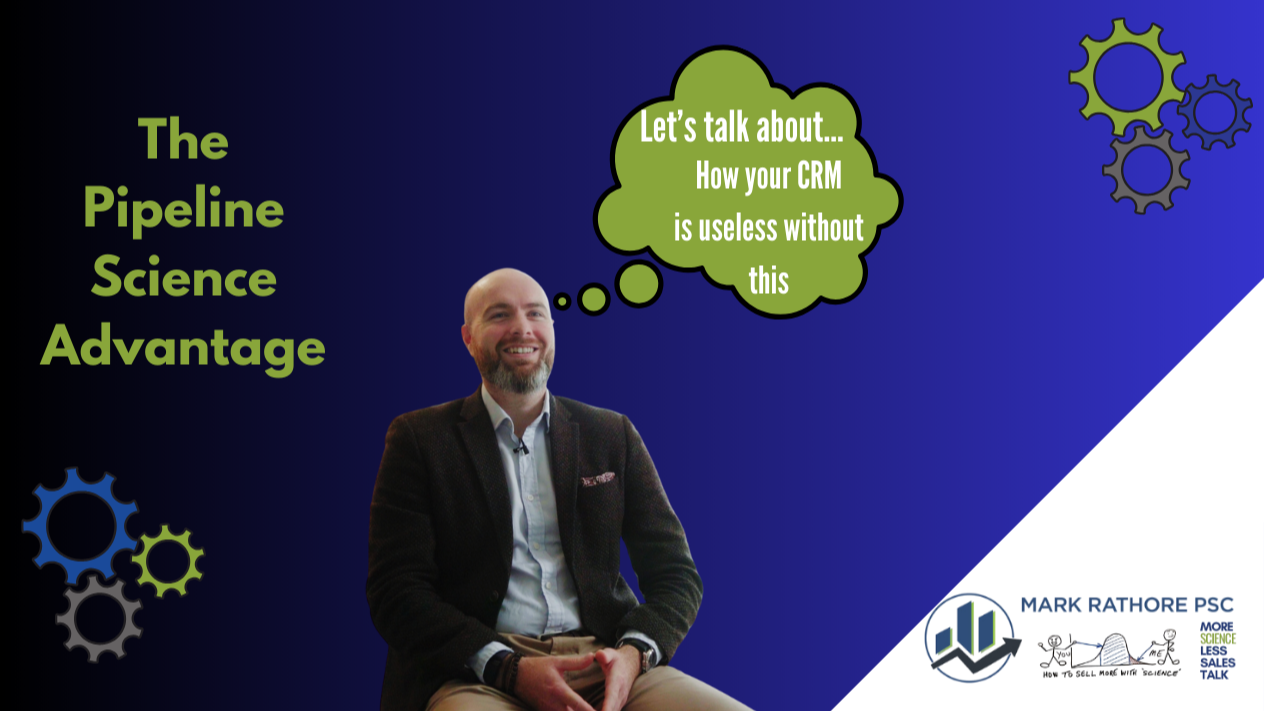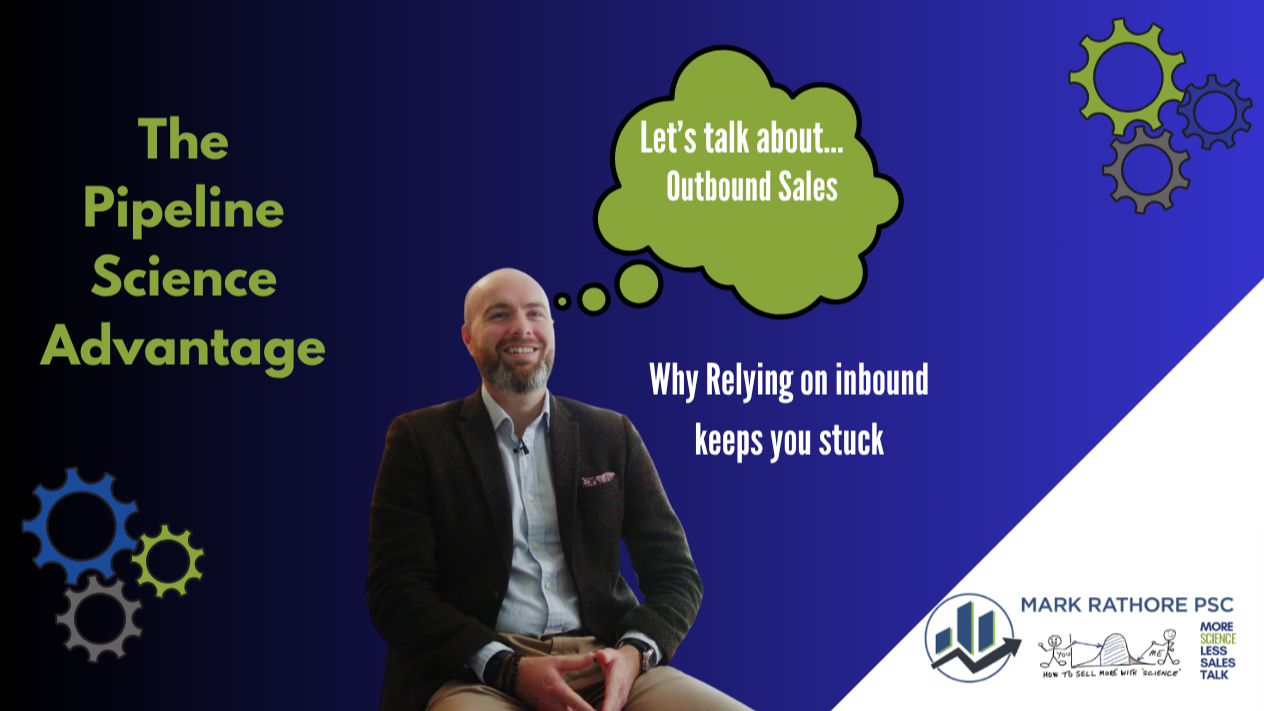When your sales team believes, and I mean really believes in the value of what you offer, they speak differently. They ask better questions. They push when it matters. And ultimately they win more deals.
But when confidence is missing, even the best strategies fall flat.
This month, we’re tackling a quiet but critical issue: what happens when your team isn’t fully bought into your offer and what you can do about it.
4 Signs Your Team Lacks Belief in the Offer
You might not hear “I’m not sure this is valuable enough,” but the symptoms are easy to spot:
🚩 Flimsy Value Messaging
If your team goes to safe, generic language like “we’re the best in the market,” “we offer high-quality services,” or “we’re really easy to work with,” it’s not just a messaging problem, it’s also a problem in belief.
Great messaging comes from clarity. Hesitant messaging comes from uncertainty. If your team can’t clearly state what makes you different or why your offer matters now, it suggests they don’t feel confident it is different or important.
🚩 Hesitation During Discovery
Confident teams lean into the tough questions. They ask about budgets, decision-making, impact, and risk. They dig into the commercial realities without flinching.
A lack of belief shows up when reps avoid asking the hard stuff, stay too long in “relationship building” mode, or rush to demo without qualifying properly.
This is self-doubt disguised as politeness, not just poor technique.
🚩 Proposal Over-Customisation
When reps lack certainty, they try to compensate by over-delivering. You’ll see signs like: – Proposals ballooning to 20+ pages – Multiple options sent “just in case” – Asking technical teams to create custom solutions and detailed drawings before getting any real commitment
It’s a sign your team is trying to earn belief they don’t have themselves. They are not really going the extra mile.
🚩 Discounting Without Pushback
When confidence drops, price becomes the first thing to collapse. Instead of holding the line, you get: – “I know our pricing’s a bit higher, but…” – “Let me check if we can do something” – “I’ll speak to my manager and see what we can offer”
A confident sales team knows the value and defends it and will not apologises for it. Belief in the value proposition is key here.

How to Build a Culture of Commercial Certainty
Confidence isn’t just about product training. It’s about giving your team the structure and tools to know the value and speak about it powerfully.
Here’s how to engineer that:
Define the Real Business Impact
Start with a brutally honest question: Why does what we do matter financially, operationally, and reputationally to our best clients?
You’re not looking for technical features. You’re looking for consequences and what it does as a solution.
– What delays do we eliminate? – What costs do we reduce? – What risks do we remove?
Document the real commercial impacts. Make them visible. Confidence follows clarity.
Build Value Narratives, Not Death By Powerpoint
People don’t buy bullet points. They buy stories they can see themselves in.
Instead of “we provide X and Y,” coach your team to say: “We worked with a Tier 1 supplier struggling with excessive rework on test rigs. We reduced their failure rates by 32% within 3 months. That improvement saved them 18 hours of technician time per week.”
Now that creates belief and credibility on both sides of the table.
Run Confidence Coaching, Not Just Pipeline Reviews
Stop only asking “What stage is this deal at?”
Start asking: – “What’s the value for the client if they move forward?” – “What are the top 3 reasons this is the right fit for them?” – “If you had to justify this solution in front of their CFO, what would you say?”
These questions sharpen thinking. They build conviction. And they expose where belief needs reinforcing.
Set and Reward Bold Commercial Standards
Confidence grows in a culture that backs boldness.
Recognise reps who: – Say “no” to bad-fit leads – Hold the line on pricing and defend your margins – Qualify hard and early – Challenge vague briefs
These are signals of belief and you should use them as examples of best practice..
Tools That Build Confidence in Your Sales Message
Do you want to turn belief into muscle memory? Build these into your sales process:
✅ The One Page Offer
Create a one-page sales sheet that includes: – Who this is for – What problems it solves – What proof backs it up – Why now?
Every team member should be able to explain this without a slide deck. If they can’t, they’re not ready to sell it.
✅ Competitor Comparison Sheets
Don’t wait for your team to make this up on the fly.
Build internal comparison sheets that outline: – Key strengths of your offer – Where you outperform the competition – Where others might win (and how you respond)
When your sales team know exactly where you shine, they sell with conviction.
✅ Internal Case Study Library
Confidence grows when reps know what’s already worked.
Build a case study folder that includes: – Problem – Solution – Results (ideally measurable) – What the client said
This turns anecdotes into evidence they can use in conversations and evidence builds belief.
Take Action This Month
Here are three high-impact steps to take right now:
Run a Value Message Check Ask three team members to explain what makes your offer different in one minute. If you get three different answers, it’s time to revisit this with the team.
Review 5 Proposals How many clearly explain the client’s problem and the business impact of solving it? If the focus is all on you, not them, it will need to change.
Set a “No Apology” Pricing Rule Next time a discount is requested, ask your team to present the value story before talking numbers. Confidence is contagious but so is uncertainty.
Confidence isn’t just a mindset, it’s a measurable advantage.
If your team is technically capable but struggling to create real commercial momentum, let’s talk. A confident sales team doesn’t just close more deals – they close better ones.
Until next time,
Mark Rathore
P.S. In the next edition, we’re tackling a common but costly blind spot: “Are You Guessing Your Conversion Rates?” We’ll cover why gut feel isn’t enough, how to track conversion data that actually drives good decisions.





Leave A Comment